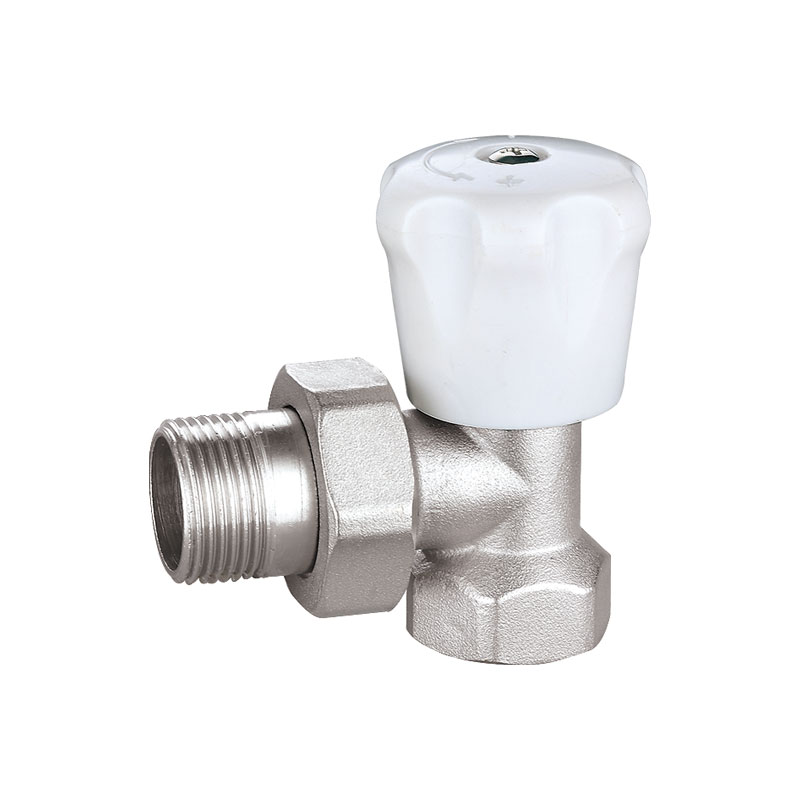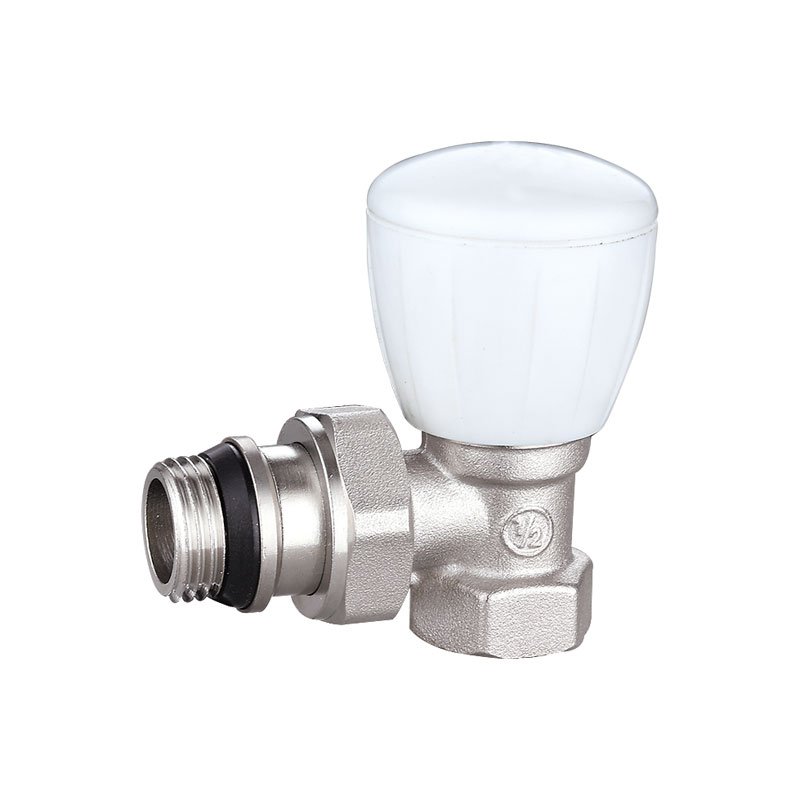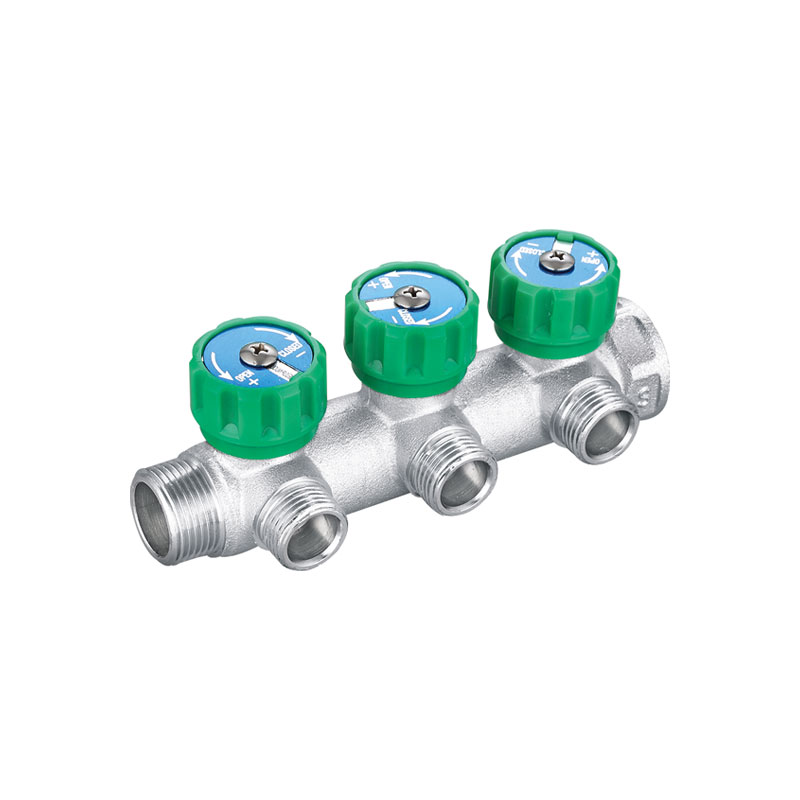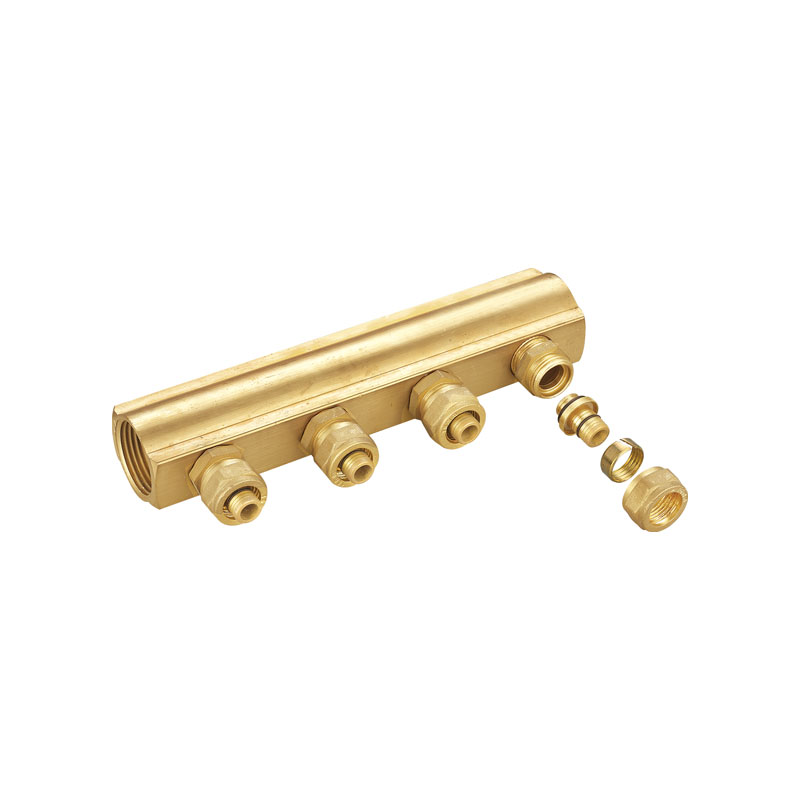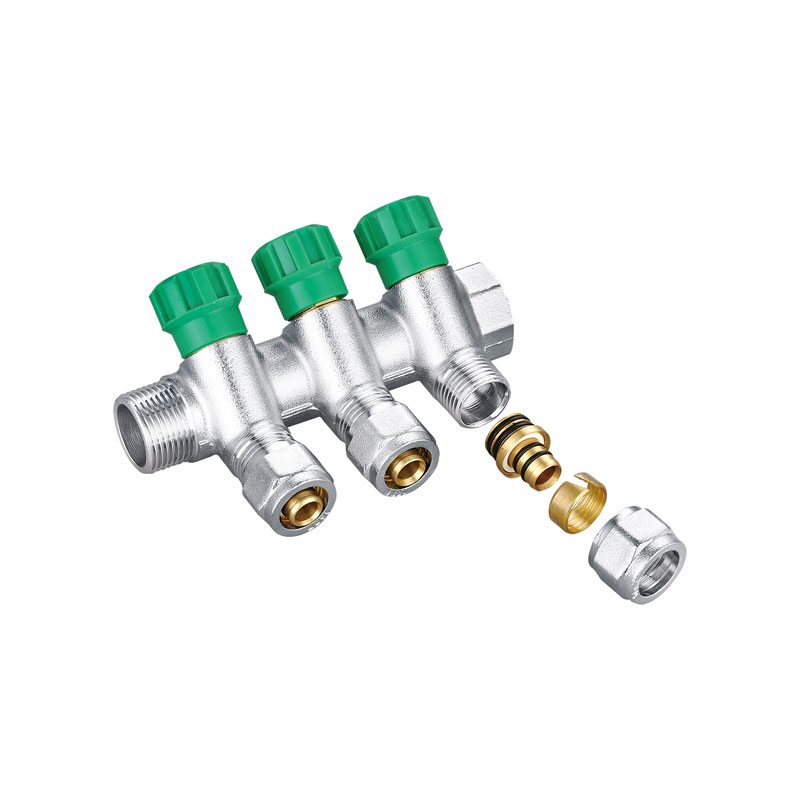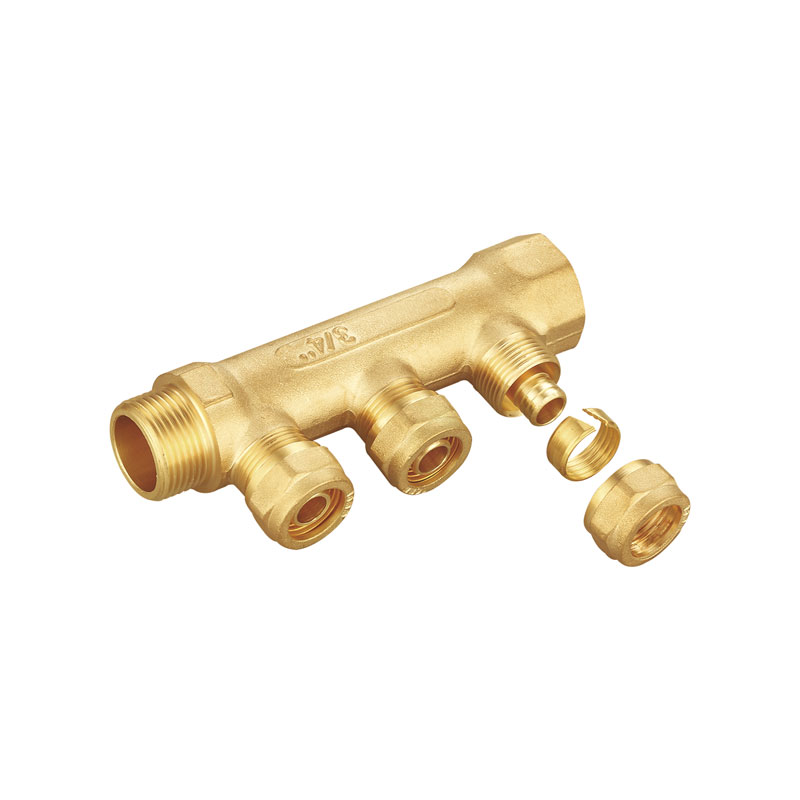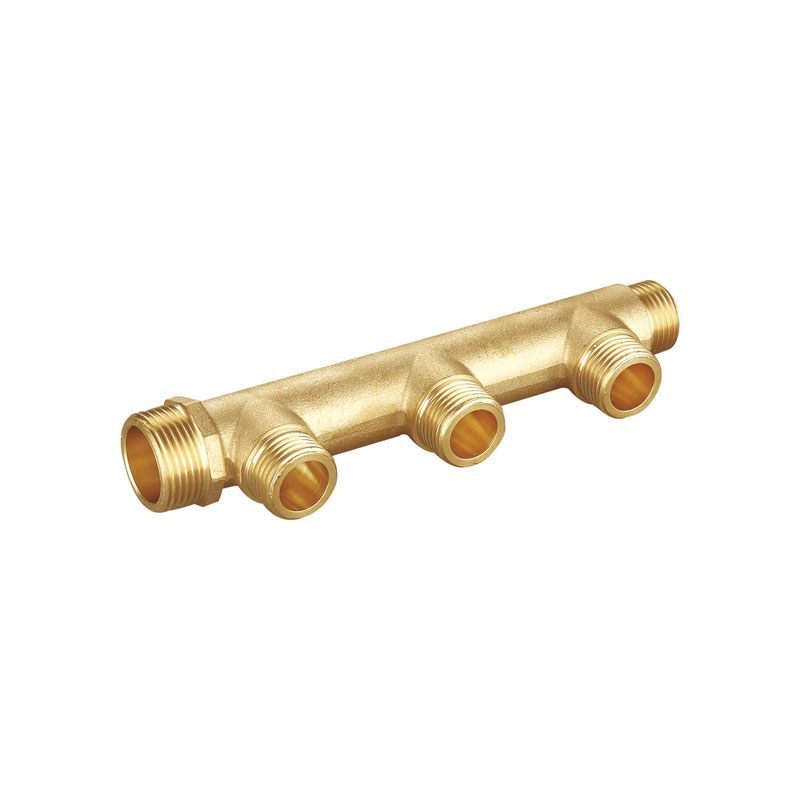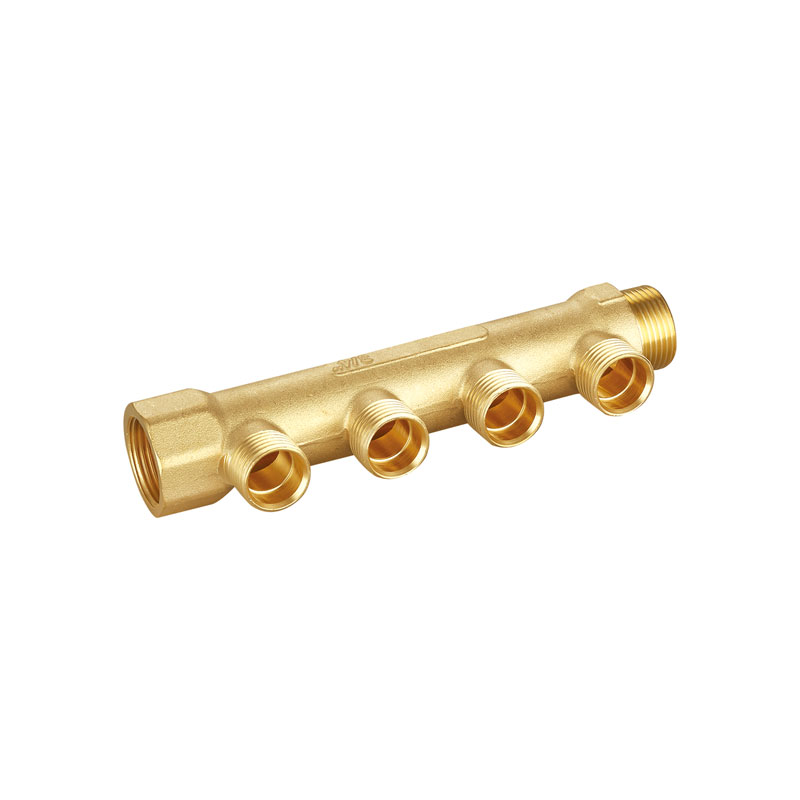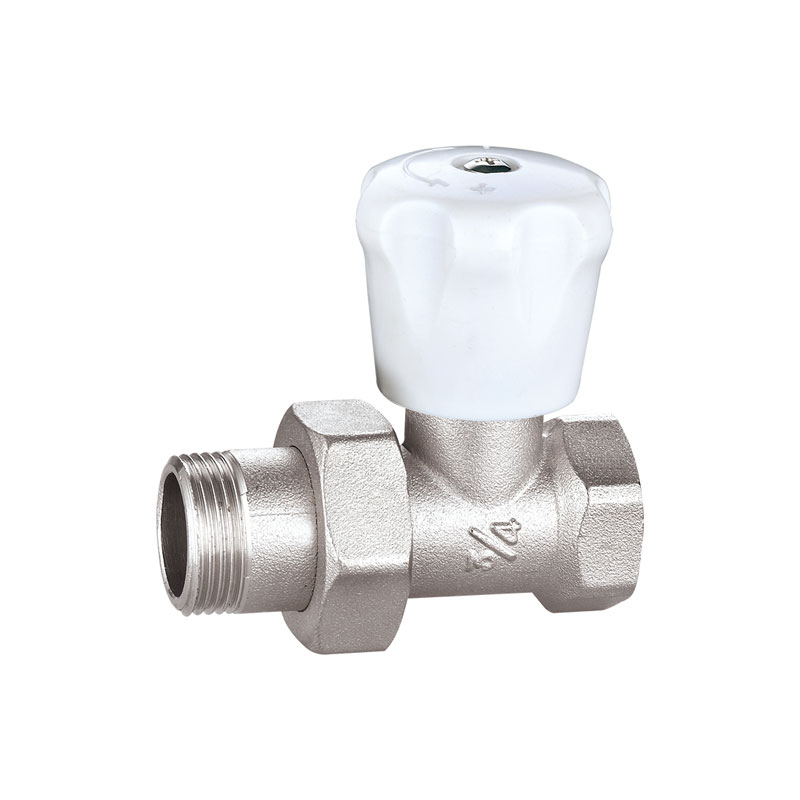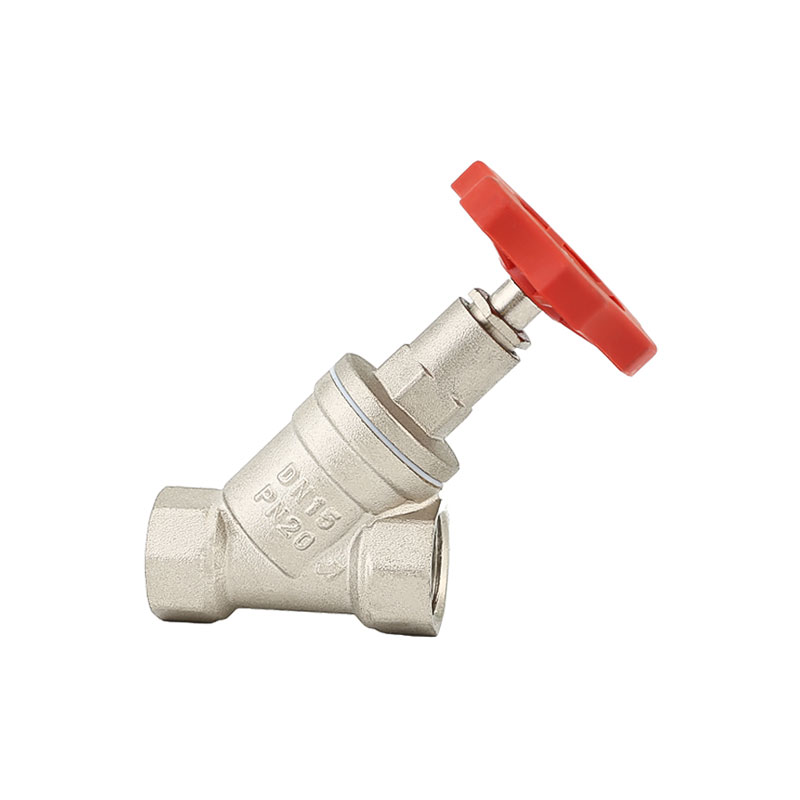
There are three main types of brass relief valves. These include conventional, balanced bellows and pilot-operated.
The balance bellows design utilises a spring force that opposes the system pressure. When the pressure becomes greater than the spring force, the valve's disc will lift off the seat and expel media through the outlet, reducing the pressure and allowing the disc to return to the same position.
When the pressure force is less than the spring force again, the valve's disc will close and seal the system. This is done to protect the process fluid from excess pressure, and can be achieved with bellows or diaphragm sealing.
These devices can be used in a wide range of applications, including air and non-hazardous gas service, compressors and other equipment that needs to operate at high pressure or volume. They are typically fitted with a lever that allows the valve to be lifted manually when it's operating at pressures in excess of 75% of the set pressure.
These devices are designed to protect people and equipment from dangerous and expensive failures. It's a good idea to select a brass safety valve that meets your specific needs and requirements before purchasing.

 languages
languages

 English
English русский
русский